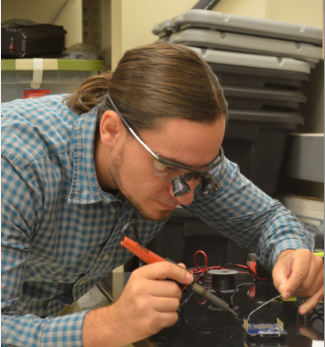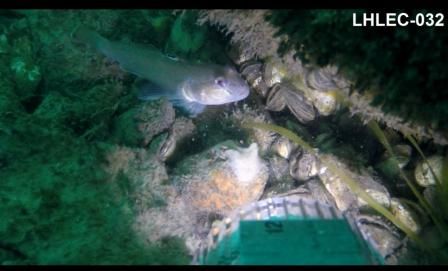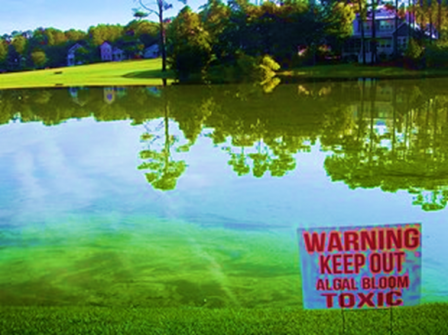EPA Regional Water Projects 2017
Published on by Water Network Research, Official research team of The Water Network in Government
EPA’s Office of Research and Development (ORD) provided an opportunity for the EPA regions to submit proposals for projects using innovative approaches to address regional and state science priorities.
The selected projects address environmental and human health problems in 14 states across all 10 regions through partnerships between ORD, regional offices, and states.
Here are the ones dealing with water:
- Low Cost Sensors for Real-time Continuous Water Quality Monitoring
EPA Region 4 and the Georgia Environmental Protection Division

EPA Region 4 will be working with state partners and citizen
scientists to build, deploy, and evaluate low cost water quality
sensors that allow for continuous data collection of key water
quality parameters.
Protecting water quality is a high priority for state environmental agencies. Monitoring of water bodies is traditionally accomplished by collecting discrete measurements of water quality parameters in the field, making it difficult to observe natural patterns and trends in rapidly changing systems.
Technological advancements have made “real-time” continuous monitoring of water quality possible; however, most of these technologies are too expensive for widespread use.
This project will involve working with citizen scientists to build low cost water quality sensors that allow for continuous data collection of key water quality parameters. Volunteer monitoring groups will deploy these sensors in a continuous monitoring network, and EPA will evaluate the sensors’ performance as compared to standard equipment.
Project results will help demonstrate the usefulness of low-cost sensor technologies for assessing water quality.
Project leads: Nathan Barlet (Barlet.nathan@Epa.gov) and Derek Little (Little.derek@epa.gov)
- Using Citizen Science to Analyze Underwater Video in the Great Lakes
EPA Region 5, Great Lakes National Program Office, Michigan Department of Natural Resources, and the Wisconsin Department of Natural Resources

The evaluation of invasive species is an important part of maintaining the Great Lakes.
Environmental managers have used video footage to monitor these species, but video processing is a resource-intensive undertaking. Engaging citizen scientists to analyze videos for habitat characteristics and invasive species can help reduce current knowledge gaps.
This project develops and uses a web application to test the ability of citizen scientists to evaluate 1000 underwater videos of the Great Lakes by comparing their analysis to previously-collected expert analysis.
This project will demonstrate the effectiveness of citizen scientists’ participation in environmental assessment, potentially reduce costs by 2/3 compared to analysis by experts, and provide needed information for water resource managers.
Project leads: Mari Nord (Nord.mari@Epa.gov) and Molly Wick (Wick.molly@epa.gov)
- Use of Next-Generation Molecular Tools for Harmful Algal Blooms and Microbial Source Tracking to Support Watershed Restoration in Kansas and Nebraska
EPA Region 7, EPA Office of Research and Development, Nebraska Department of Environmental Quality, and the Kansas Department of Health and Environment

Monitoring sources of E. coli and harmful algal blooms is a challenge for environmental managers. In some areas, E. coli has been identified as one of the leading causes of water quality decline. Harmful algal blooms can lead to drinking water contamination and fish or even human poisoning.
In Kansas, this project will evaluate the use of new molecular-based technology to identify the cyanobacterial species that produce toxins and factors that promote toxic blooms. In Nebraska, this technology will help identify sources of fecal contamination in rivers and lakes.
Combined with ongoing monitoring efforts, the data will provide a comprehensive assessment of the development of harmful algal blooms in Kansas and sources of fecal pollution in Nebraska watersheds.
These assessments will support planning, management and restoration of water resources in Kansas and Nebraska.
Project lead: Amy Shields (Shields.amy@Epa.gov)
Read more and see all proposals: EPA
All photos: EPA
Media
Taxonomy
- Quality
- Resource Management
- Water Quality
- Environment
- Ecosystem Management
- Algae
- Water Management
- Water Resource Management